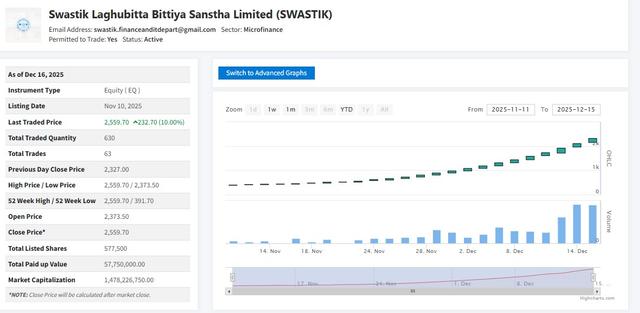Stability in Broad Money Growth, but Expansion Rate Slightly Declining
Author
Nepsetrading

Nepal's financial sector has experienced significant fluctuations in the year-on-year (y-o-y) growth rate of Broad Money (M2) over the past several years, reflecting the evolving economic landscape, monetary policy interventions, and macroeconomic shifts. According to the latest figures, Broad Money grew by 11.6% as of mid-April 2024/25, down slightly from 12.4% during the same period in the previous fiscal year. This indicates a modest deceleration in liquidity growth, possibly linked to a tighter monetary stance adopted by Nepal Rastra Bank (NRB) to control inflation and stabilize financial markets.
Looking back at the annual data, Broad Money growth reached a peak of 22.7% in 2020/21, fueled by expansionary fiscal policies and accommodative monetary conditions introduced in response to the COVID-19 pandemic. This surge reflected increased public spending, credit expansion, and liquidity support to the banking system during the crisis period. However, the subsequent year 2021/22 saw a steep decline in M2 growth to just 6.8%, highlighting a correction phase and cautious approach by NRB in managing post-pandemic overheating and rising inflationary pressure.
In the following years, Broad Money growth stabilized somewhat, rising to 11.4% in 2022/23 and 12.9% in 2023/24. This moderate upward trend was supported by steady remittance inflows, improved banking sector performance, and a recovery in economic activity. The sustained double-digit growth levels in recent fiscal years demonstrate that the financial system continues to expand but under relatively more controlled and balanced liquidity conditions compared to the pandemic-induced spike in 2020/21.
The current trend as of mid-April 2024/25 suggests a slight moderation in the pace of monetary expansion, indicating that the central bank may be focusing on price stability while maintaining enough liquidity to support economic recovery. This trajectory of Broad Money growth is likely to influence credit availability, inflation expectations, and interest rates in the near term—making it a key indicator to watch for businesses, investors, and policymakers alike.



